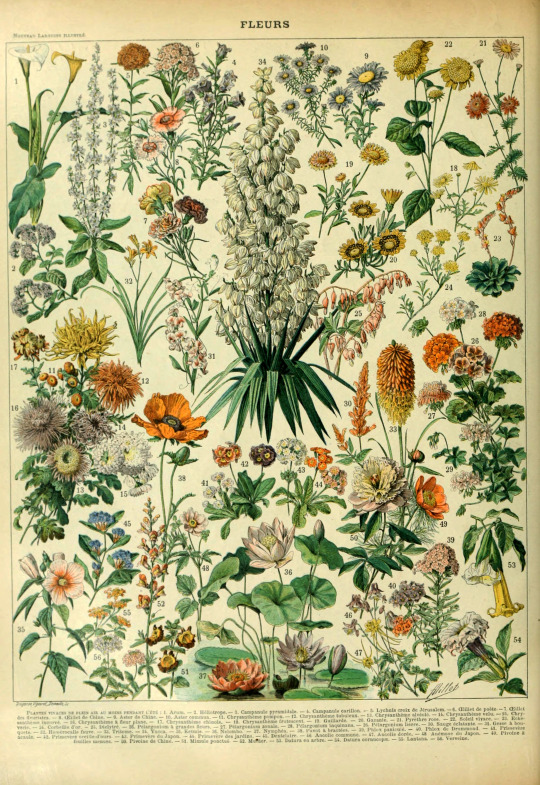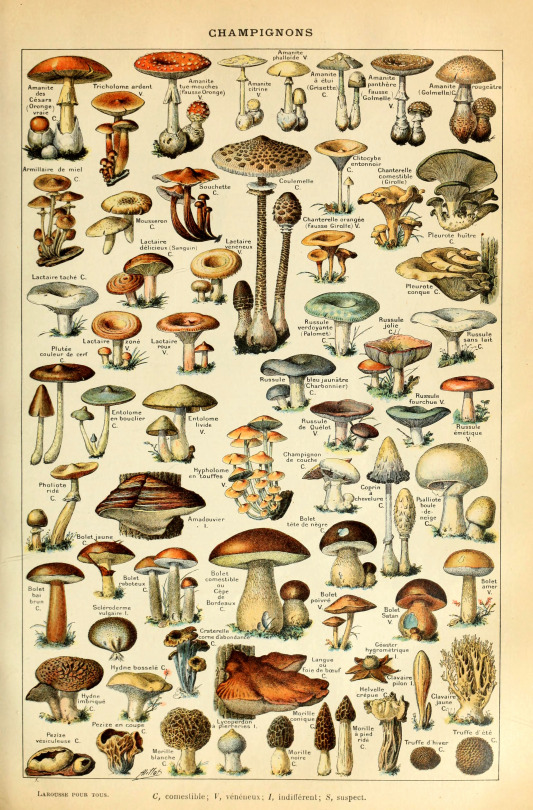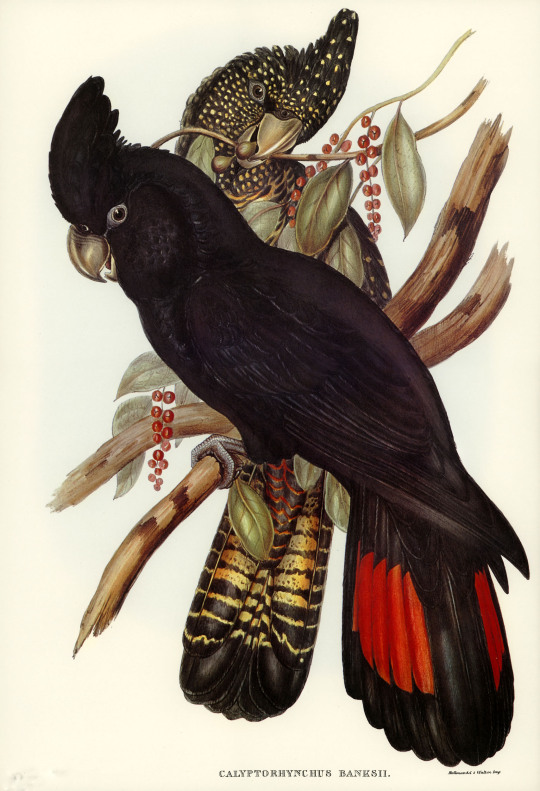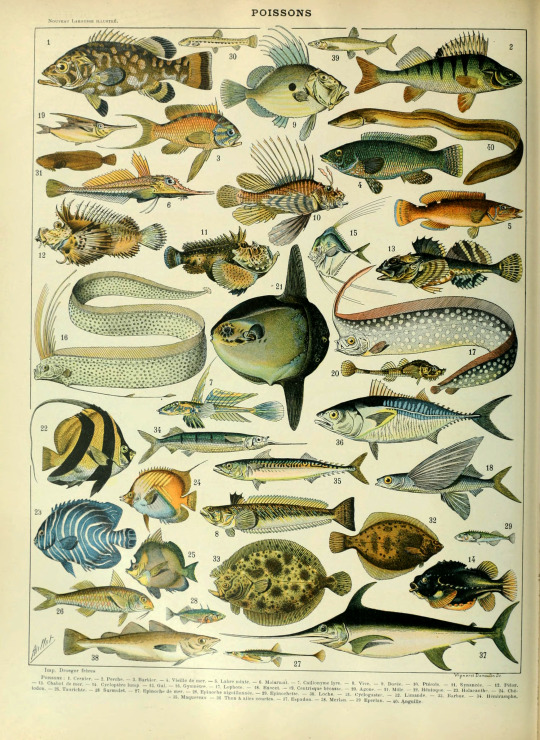Text
Ghost + normal and a fairytale creature, sounds perfect
pokèmonize yourself!!!!
spin this wheel to see your pokemon type
spin this one to see how you'll look like
62K notes
·
View notes
Video
I FOUND IT GUYS I SPENT HALF AN HOUR LOOKING FOR THIS VIDEO AND ITS HERE
2M notes
·
View notes
Text
Destroy the myth that libraries are no longer relevant. If you use your library, please reblog.
189K notes
·
View notes
Text
Do you like vintage scientific illustrations?
Do you like not spending huge amounts of money on them?
This website has a huge collection of high quality vintage illustrations that you can download FOR FREE


They got pretty much everything!! Vintage maps, mushrooms, flowers, trees, bugs, birds, corals, fish, palm trees, feathers, tropical fruits, you name it!!


They even got some works of my dude Ernst Haeckel on there!!!!

I could go on and on but I suggest you check it out yourself. Personally, I will be covering my entire apartment with these once copyshops are open again. But even if you don’t want to do that, just browsing all these beautiful illustrations is a great way to spend your time.
Have fun and stay save!
50K notes
·
View notes
Text
Today's plant bears one of my favourite fruits! It is Rubus Idaeus, or the common raspberry! It's a fruiting shrub that grows to about 2 and a half metres tall!
The leafs are divided into groups of 3-5 and are very coarsely toothed, with white hairs on the underside, whilst the top stays a fairly dark green! The stems are also prickly, in order to deter birds from landing in them!
Rubus Idaeus develops white flowers, each with 5 petals! When the flowers are pollinated by insects, they develop into raspberries! Something pretty neat about them, is that they're aggregate fruit, which means one flower has several ovaries in it, which means one raspberry is, due to technicality, several fruits in one cluster! How neat!
Raspberry shrubs grow to be 2.5 metres tall and spread out to be about a metre! It takes about 5 years to fully mature! It also prefers loam and sand soil, struggling to cope with clay-based soils, and preferring acid or neutral soils, struggling with alkaline! They're also quite hardy plants, living in temperature as cold as -20 Celsius!
Raspberries do have some struggles! They're susceptible to aphids, leafhoppers, gall mites, and raspberry beetles! They're also susceptible to diseases, such as grey molds and very rarely honey fungus! But most cultivars, developed from this parent plant, have decent disease resistance, and pests can be treated!
Overall, Rubus Idaeus, or the common or European raspberry is an amazing aggregate fruit, well deserving of it's international renown! If you liked learning a bit about this plant, feel free to like and comment, and repost to spread the information! If you'd like more in the future, give me a follow and if you want to learn about plants I've already talked about, check out my page! Now, without further delay, here it is!

2 notes
·
View notes
Text

I'm showing some cartoons as part of an all-star show at CARTOONFESTIVAL KNOKKE-HEIST in Ravelingen, Belgium, 6th July to 1st September: www.knokke-heist.be/cartoonfestival-knokke-heist
132 notes
·
View notes
Text
#tallpeopleproblems #my grandmother always makes the joke how I'm her GRAND son only in my local language the grand is small so then everyone acts like it's funny 'haha he does not look small to me'
Tall People Troubles





















267K notes
·
View notes
Text
No paywall version here.
"Two and a half years ago, when I was asked to help write the most authoritative report on climate change in the United States, I hesitated...
In the end, I said yes, but reluctantly. Frankly, I was sick of admonishing people about how bad things could get. Scientists have raised the alarm over and over again, and still the temperature rises. Extreme events like heat waves, floods and droughts are becoming more severe and frequent, exactly as we predicted they would. We were proved right. It didn’t seem to matter.
Our report, which was released on Tuesday, contains more dire warnings. There are plenty of new reasons for despair. Thanks to recent scientific advances, we can now link climate change to specific extreme weather disasters, and we have a better understanding of how the feedback loops in the climate system can make warming even worse. We can also now more confidently forecast catastrophic outcomes if global emissions continue on their current trajectory.
But to me, the most surprising new finding in the Fifth National Climate Assessment is this: There has been genuine progress, too.
I’m used to mind-boggling numbers, and there are many of them in this report. Human beings have put about 1.6 trillion tons of carbon in the atmosphere since the Industrial Revolution — more than the weight of every living thing on Earth combined. But as we wrote the report, I learned other, even more mind-boggling numbers. In the last decade, the cost of wind energy has declined by 70 percent and solar has declined 90 percent. Renewables now make up 80 percent of new electricity generation capacity. Our country’s greenhouse gas emissions are falling, even as our G.D.P. and population grow.
In the report, we were tasked with projecting future climate change. We showed what the United States would look like if the world warms by 2 degrees Celsius. It wasn’t a pretty picture: more heat waves, more uncomfortably hot nights, more downpours, more droughts. If greenhouse emissions continue to rise, we could reach that point in the next couple of decades. If they fall a little, maybe we can stave it off until the middle of the century. But our findings also offered a glimmer of hope: If emissions fall dramatically, as the report suggested they could, we may never reach 2 degrees Celsius at all.
For the first time in my career, I felt something strange: optimism.
And that simple realization was enough to convince me that releasing yet another climate report was worthwhile.
Something has changed in the United States, and not just the climate. State, local and tribal governments all around the country have begun to take action. Some politicians now actually campaign on climate change, instead of ignoring or lying about it. Congress passed federal climate legislation — something I’d long regarded as impossible — in 2022 as we turned in the first draft.
[Note: She's talking about the Inflation Reduction Act and the Infrastructure Act, which despite the names were the two biggest climate packages passed in US history. And their passage in mid 2022 was a big turning point: that's when, for the first time in decades, a lot of scientists started looking at the numbers - esp the ones that would come from the IRA's funding - and said "Wait, holy shit, we have an actual chance."]
And while the report stresses the urgency of limiting warming to prevent terrible risks, it has a new message, too: We can do this. We now know how to make the dramatic emissions cuts we’d need to limit warming, and it’s very possible to do this in a way that’s sustainable, healthy and fair.
The conversation has moved on, and the role of scientists has changed. We’re not just warning of danger anymore. We’re showing the way to safety.
I was wrong about those previous reports: They did matter, after all. While climate scientists were warning the world of disaster, a small army of scientists, engineers, policymakers and others were getting to work. These first responders have helped move us toward our climate goals. Our warnings did their job.
To limit global warming, we need many more people to get on board... We need to reach those who haven’t yet been moved by our warnings. I’m not talking about the fossil fuel industry here; nor do I particularly care about winning over the small but noisy group of committed climate deniers. But I believe we can reach the many people whose eyes glaze over when they hear yet another dire warning or see another report like the one we just published.
The reason is that now, we have a better story to tell. The evidence is clear: Responding to climate change will not only create a better world for our children and grandchildren, but it will also make the world better for us right now.
Eliminating the sources of greenhouse gas emissions will make our air and water cleaner, our economy stronger and our quality of life better. It could save hundreds of thousands or even millions of lives across the country through air quality benefits alone. Using land more wisely can both limit climate change and protect biodiversity. Climate change most strongly affects communities that get a raw deal in our society: people with low incomes, people of color, children and the elderly. And climate action can be an opportunity to redress legacies of racism, neglect and injustice.
I could still tell you scary stories about a future ravaged by climate change, and they’d be true, at least on the trajectory we’re currently on. But it’s also true that we have a once-in-human-history chance not only to prevent the worst effects but also to make the world better right now. It would be a shame to squander this opportunity. So I don’t just want to talk about the problems anymore. I want to talk about the solutions. Consider this your last warning from me."
-via New York Times. Opinion essay by leading climate scientist Kate Marvel. November 18, 2023.
33K notes
·
View notes
